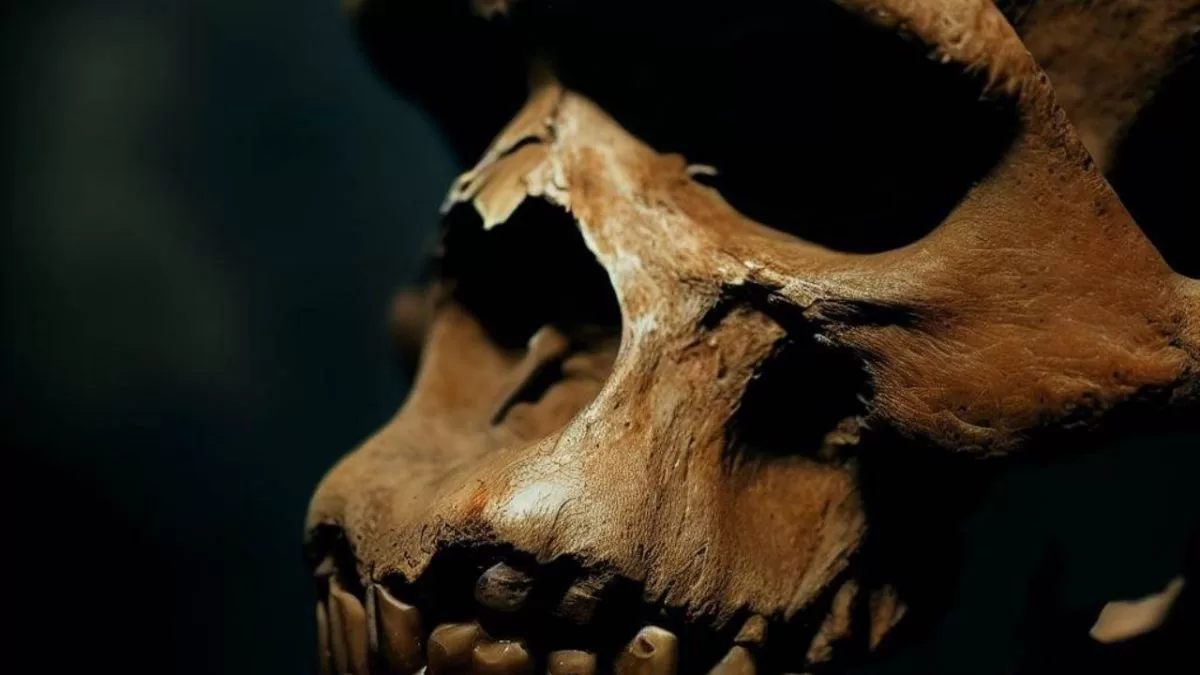A team of paleontologists from the Chinese Academy of Sciences, in collaboration with colleagues from other academic institutions, has made an exciting find that adds a new chapter to the human family tree.
In a study published in the Journal of Human Evolution, researchers have found evidence of a hitherto unknown human lineagewhich resembles neither the lineage that split to form Neanderthals, nor Denisovans, nor us, suggesting that our current version of the human family tree would need another branch.
Remains found in China: HLD 6
The fossil in question, labeled HLD 6, was discovered in Hualongdong, East Asia, in 2019, and It has been dated as 300,000 years old.. The fossilized jaw, part of the skull and some leg bones have been the subject of close analysis for years, but until now experts have failed to associate them with any known species.
Detailed analysis of the mandible revealed unique features indicating that HLD 6 was a hybrid between ancient hominids and modern humans.
While their facial structure resembled that of the modern human lineage, which diverged from the erectus no less than 750,000 years ago, lacked a “true chin”connecting it to older species, such as the Denisovans, who diverged from Neanderthals more than 400,000 years ago.
“The combination of archaic and modern human features identified in the HLD 6 mandible is unexpected, given its late Middle Pleistocene age, and differs from that of members of Homo approximately contemporaries, such as Xujiayao, Penghu and Xiahe”, the study mentions.
Coexistence of three lineages in Asia
This finding thus raises the hypothesis that three different lineages coexisted in Asia at that time: the erectusthe Denisovan and this new lineage phylogenetically close to us, the Homo sapiens.
Surprisingly, this suggests that some “modern” traits of humans they could have started appearing 300,000 years agolong before the appearance of the Homo sapiens in China, which is estimated to have occurred about 120,000 years ago.
This new evidence could redefine our understanding of human evolution and how different species coexisted and interbred in the past. However, to confirm this theory, further archaeological research and additional fossil analysis will be needed.
Keep reading:
· Archaeologists fear that “booby traps” prevent exploration of the tomb of China’s first emperor
Scotland seeks ‘hunters’ to find the mythical Loch Ness monster
· They discover that ancient arrowhead was made with “alien material”





